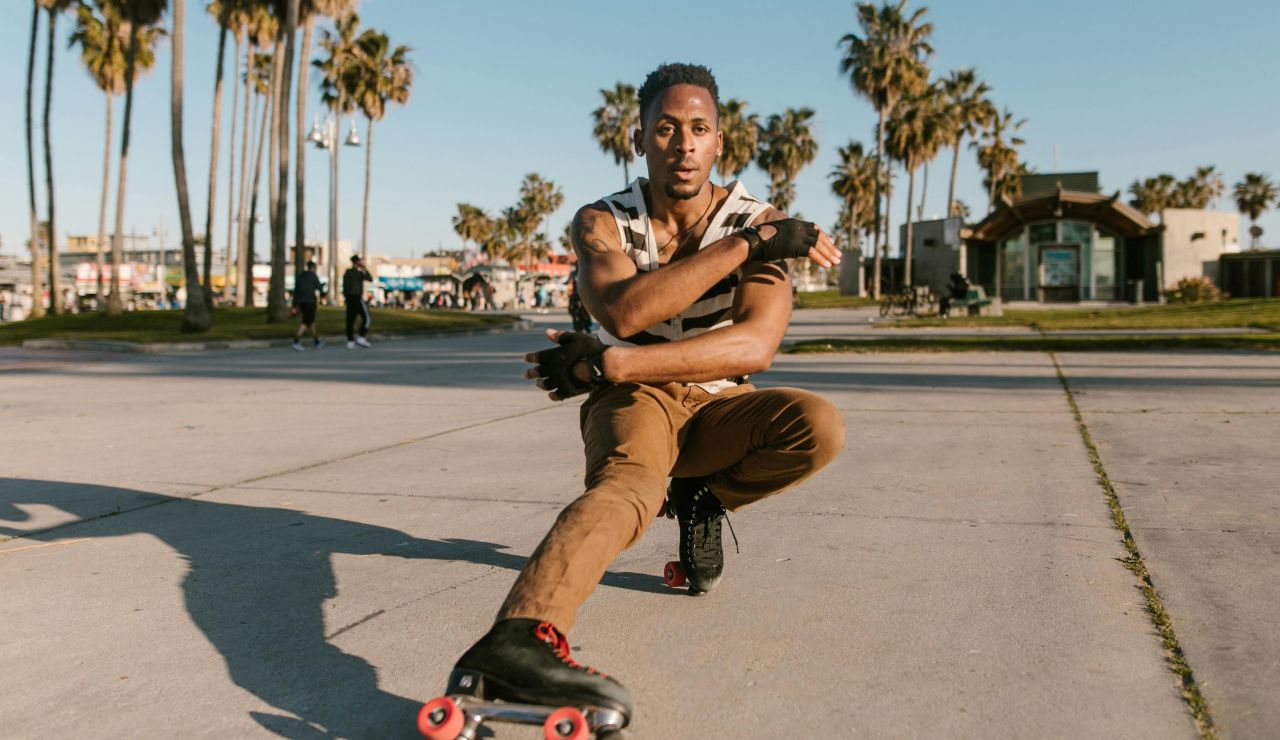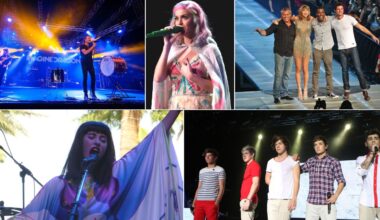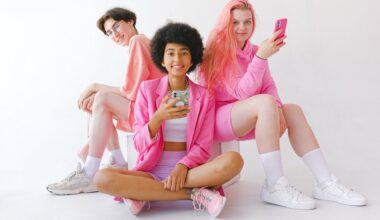Teenagers have always used trends to express themselves, but not all of those choices sat well with schools. Whether it was the style, the noise, or the distraction, some popular habits drew quiet resistance from teachers and principals. Instead of public bans, many trends faded through stricter rules, warnings, or raised eyebrows. Here are twelve teenage trends from the past that schools tried to quietly shut down.
1. Dyeing Hair Bright Colors
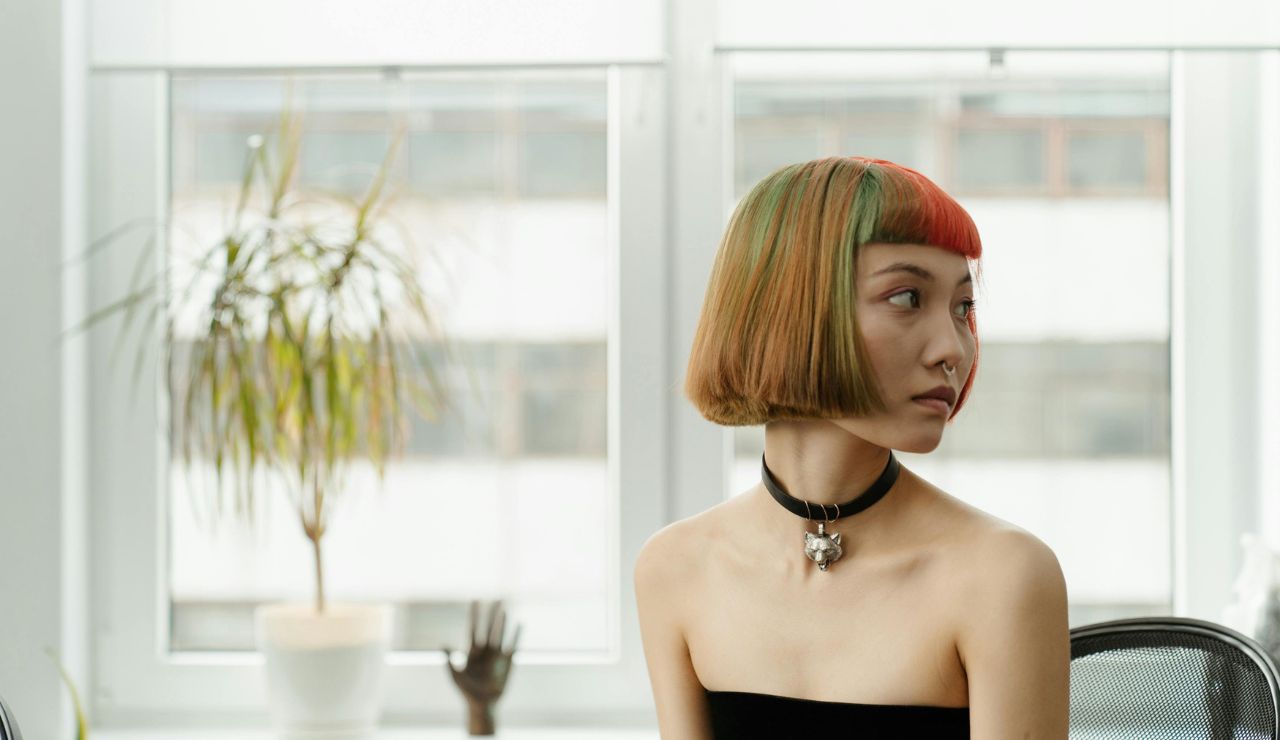
Bright blue or neon pink hair became a bold fashion statement. Some teens dyed just one strand, others went all in. Schools didn’t always ban it outright but called it a distraction in classrooms. Many handed out vague rules about unnatural colors, making it easier to ask students to tone things down without directly saying no to self-expression.
2. Excessive Gel or Spiked Hair
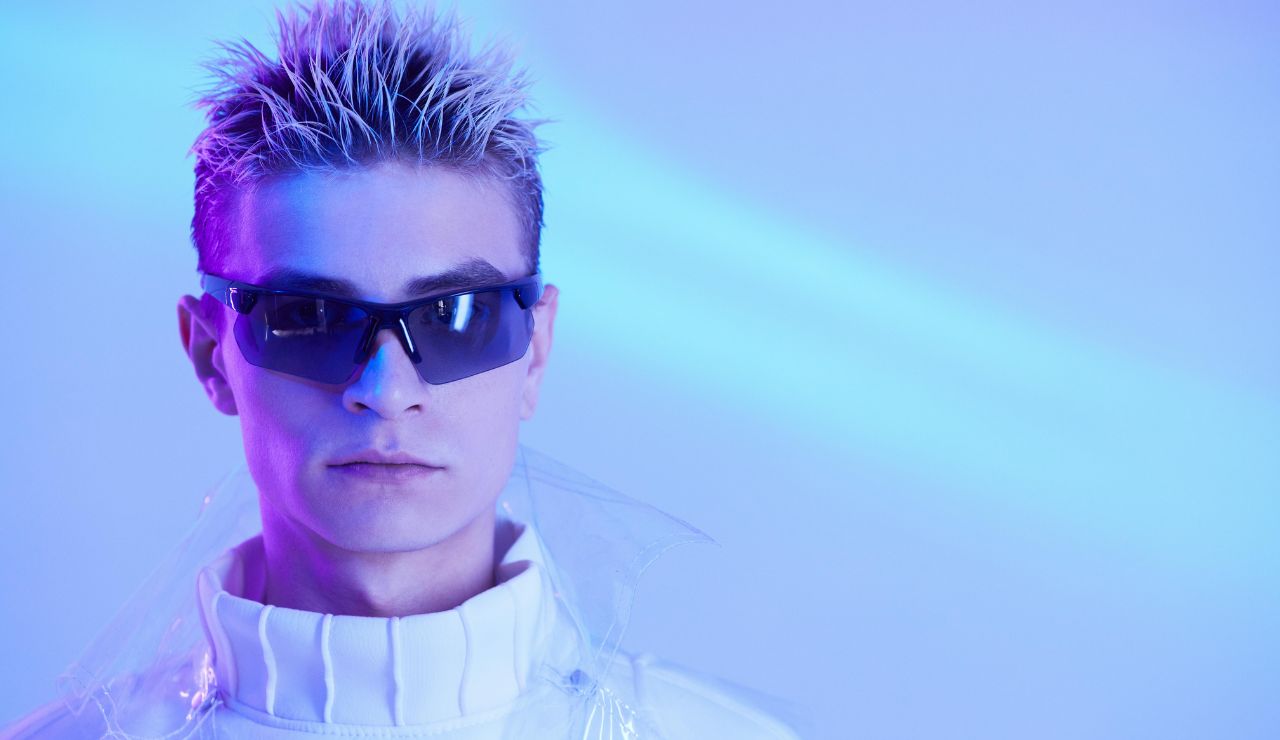
Spiked hair and heavy gel were everywhere during certain years. Some students came to school with gravity-defying looks that took serious time to style. Schools didn’t always object to the style itself but stepped in when the look became a distraction or part of teasing. Staff sometimes enforced vague grooming rules to slowly make the trend fade out.
3. Wearing Bandanas as Accessories
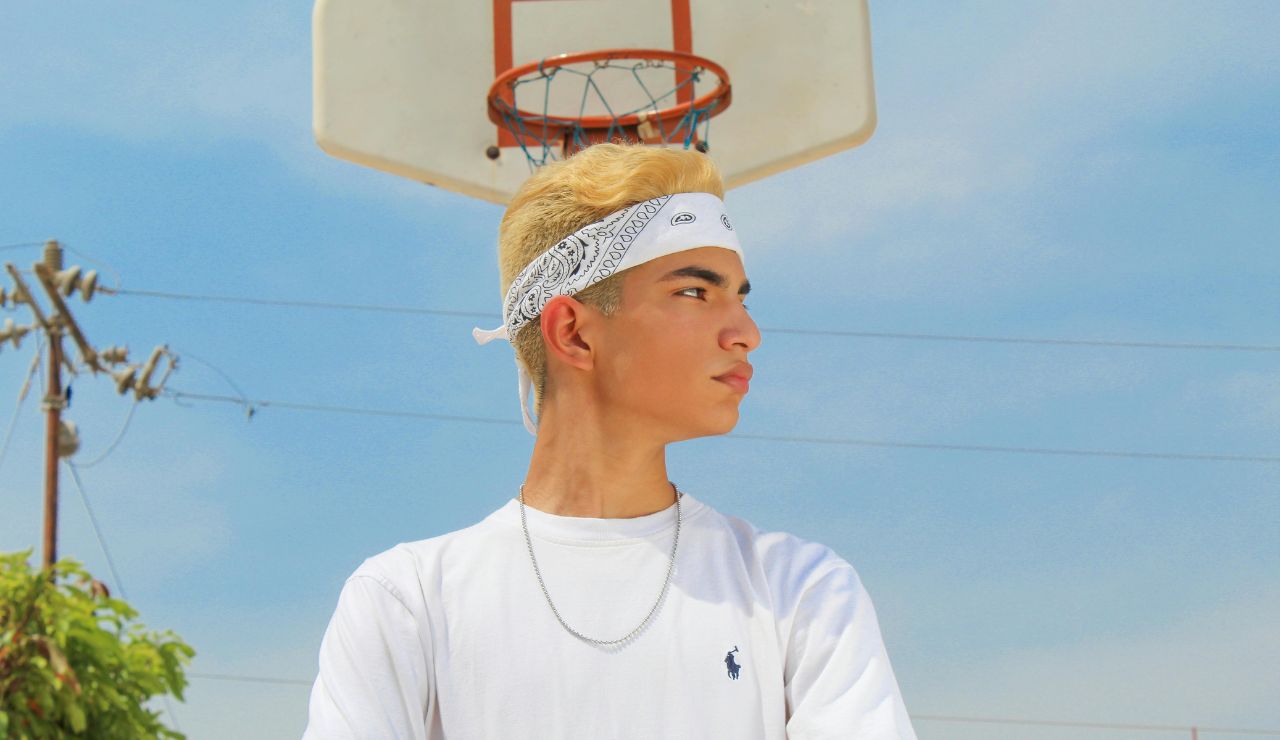
Bandanas were worn as headbands, wristbands, or folded into pockets. While some saw them as a fashion statement, schools often connected them to gang symbols or rule-breaking behavior. Rather than make public accusations, staff quietly discouraged bandanas by linking them to dress code violations or asking students to remove them without much discussion.
4. Rolling Waistbands on Uniform Skirts
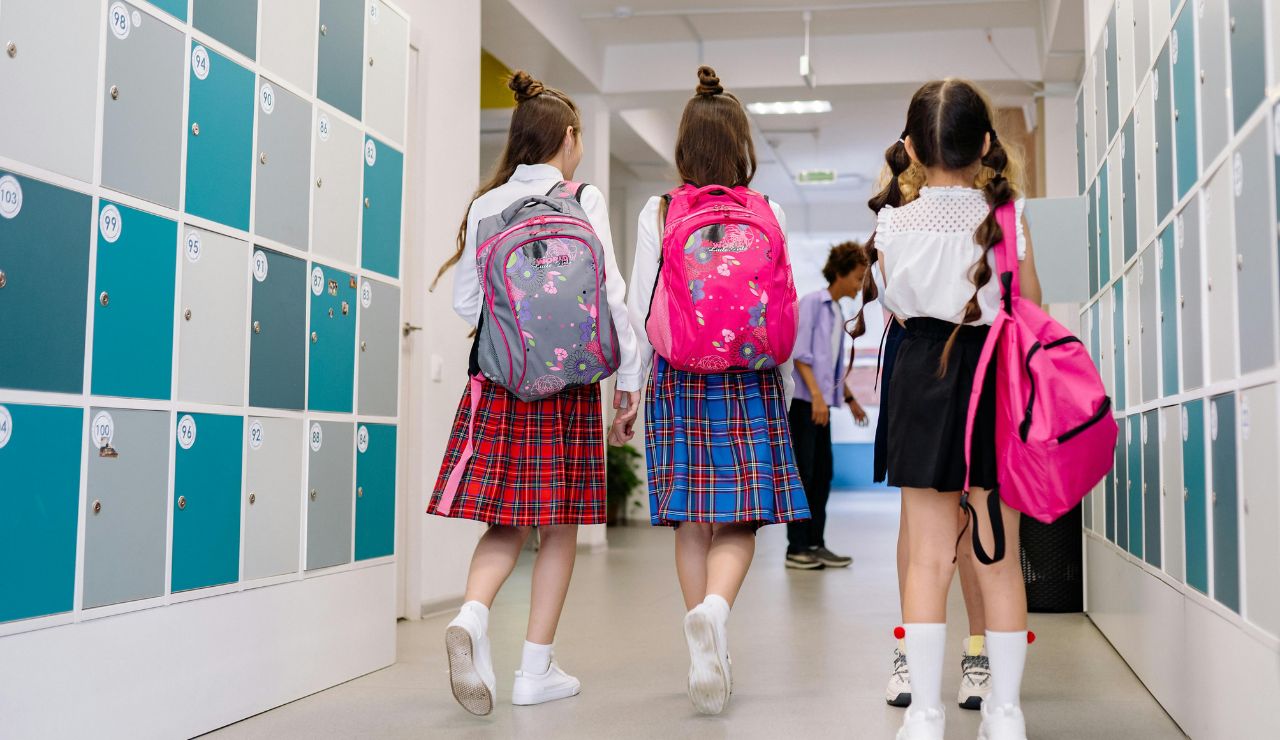
At schools with uniforms, many students rolled the waistbands of skirts to make them shorter. Teachers rarely addressed it out loud in front of others. Instead, they pulled students aside or used vague reminders about appropriate length. This quiet resistance didn’t stop the trend entirely, but it sent a clear message about where schools drew the line.
5. Wearing Too Many Rubber Bracelets
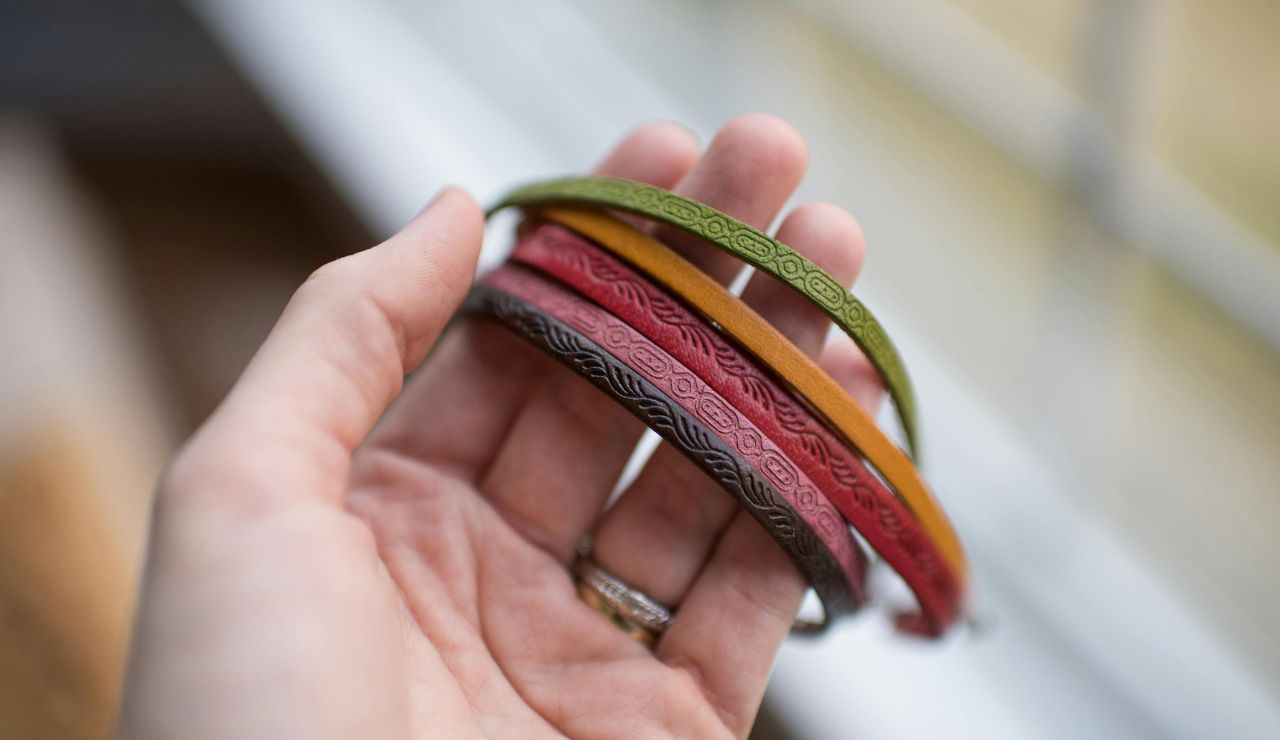
Rubber bracelets became popular for showing support or following trends. Some students wore dozens at once, stacking them up their arms. Schools rarely banned them directly, but staff claimed they were a distraction during lessons or gym. Teachers quietly asked students to remove extras. The message spread quickly, and the piles of bracelets started shrinking.
6. Long Bangs Covering One Eye
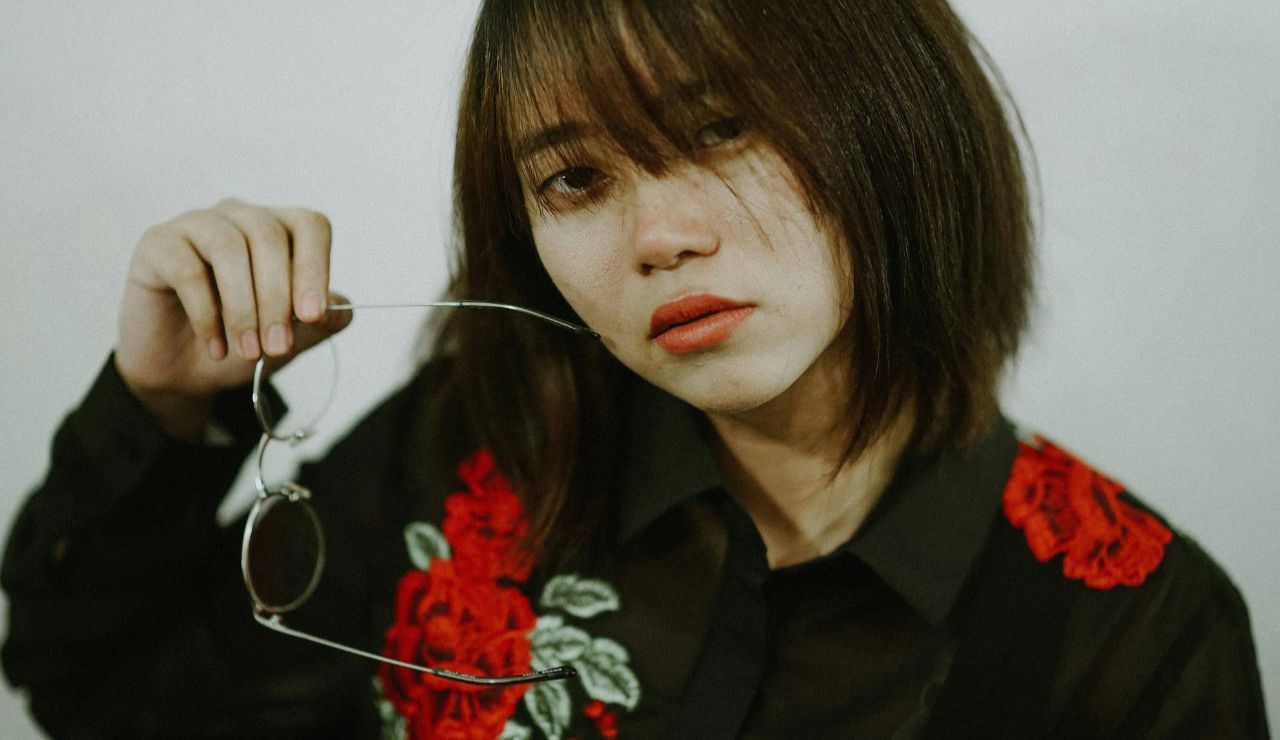
At the height of emo and scene culture, long side-swept bangs became a style choice. Students often let them fall across one eye. Some schools pushed back by enforcing grooming rules or using safety excuses during sports. Staff avoided criticizing the trend directly but found reasons to ask students to trim or pin back their hair during the day.
7. Overusing Scented Body Spray
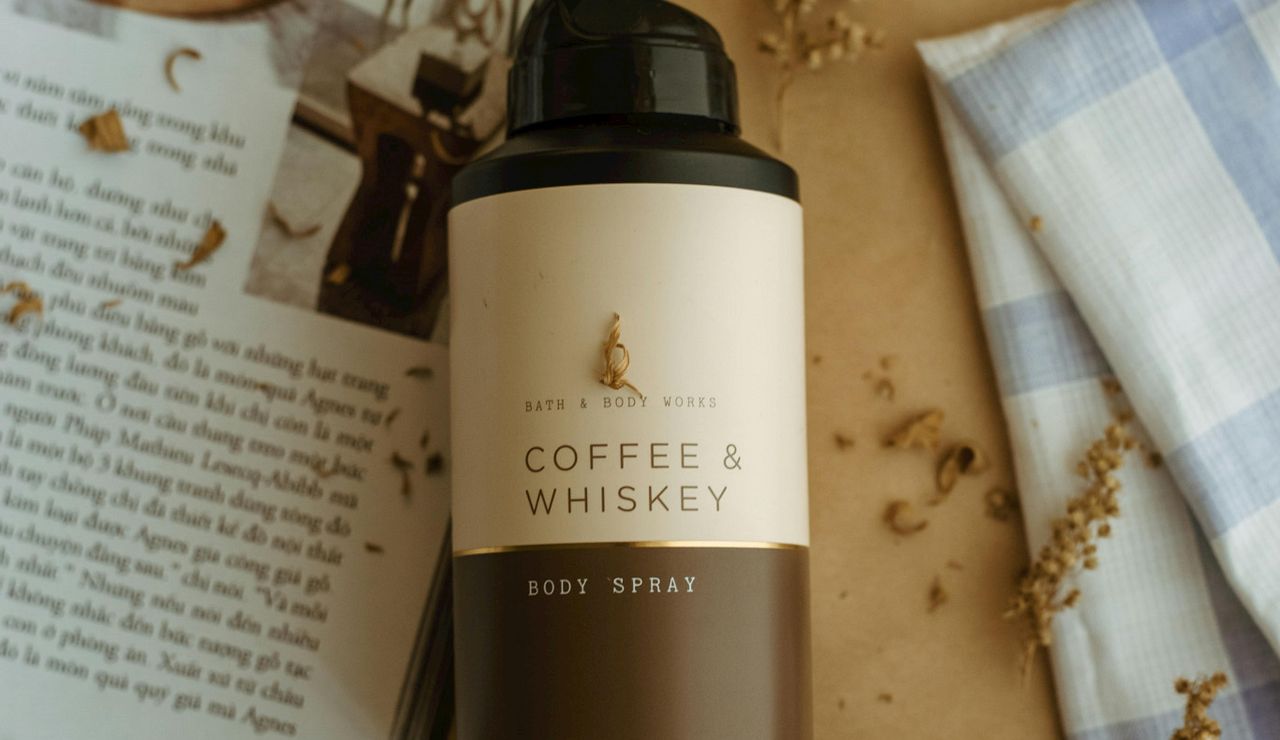
Some teens replaced showers with clouds of body spray. Strong scents filled locker rooms and hallways, sometimes causing discomfort or allergic reactions. Instead of banning the sprays, schools posted signs about scent sensitivity or asked teachers to talk privately with students. Locker room jokes faded as schools made the trend feel less cool.
8. Wearing Pajama Pants to School
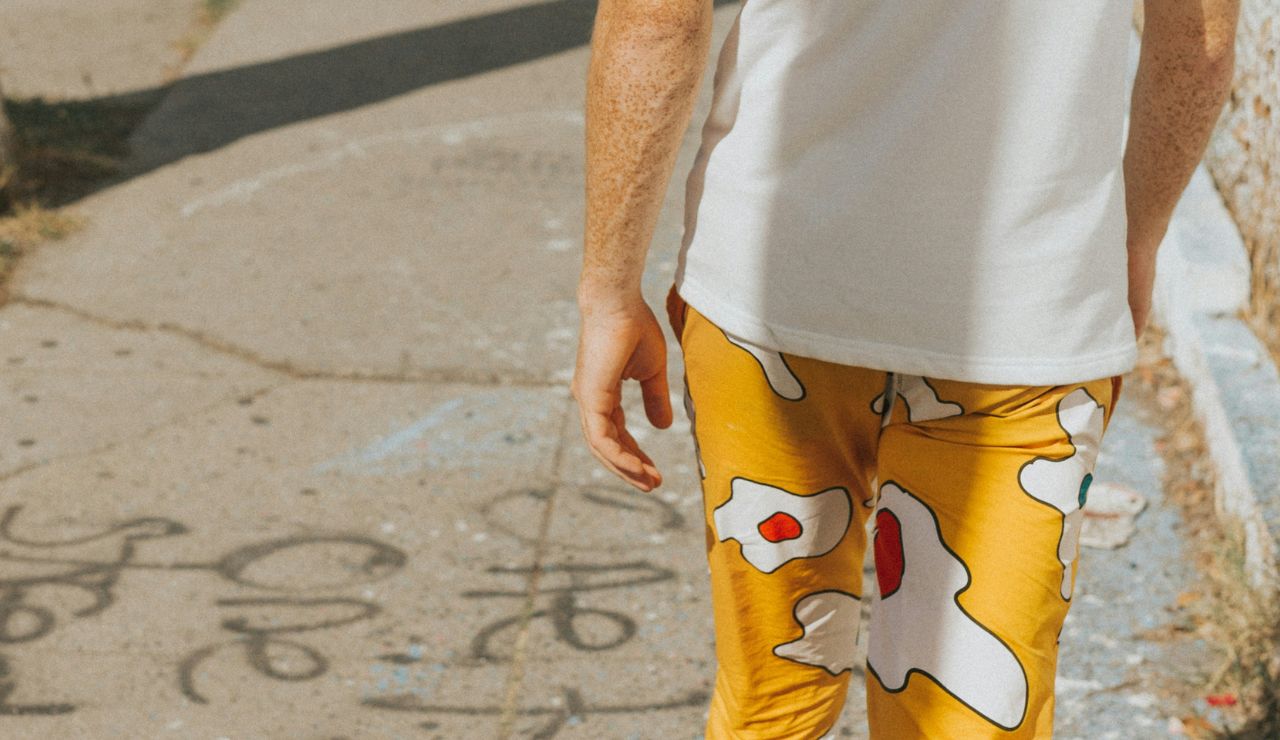
Pajama pants moved from sleepwear to school fashion during the early 2000s. Students wore them with sweatshirts or graphic tees for comfort. Many teachers found it too casual for class. Dress codes didn’t always list pajamas, but staff quietly enforced no lounge wear rules. Over time, the trend faded as students were reminded to dress ready to learn.
9. Carrying Skateboards Through Hallways
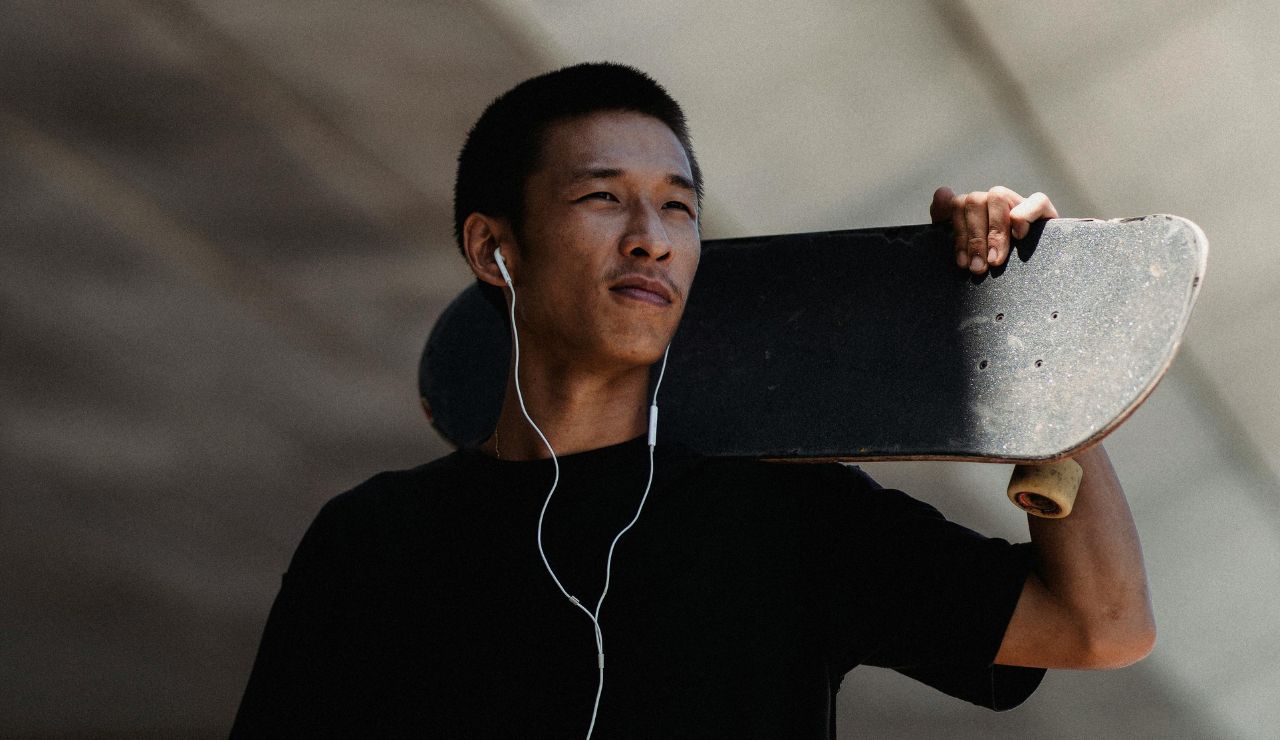
Skaters often brought their boards to school, carrying them between classes or propping them against desks. Schools rarely banned skateboards outright, but many labeled them a hallway hazard. Staff told students to leave boards in lockers or banned them from buses. Without much drama, schools slowly pushed skate culture outside school walls.
10. Writing on Arms or Hands
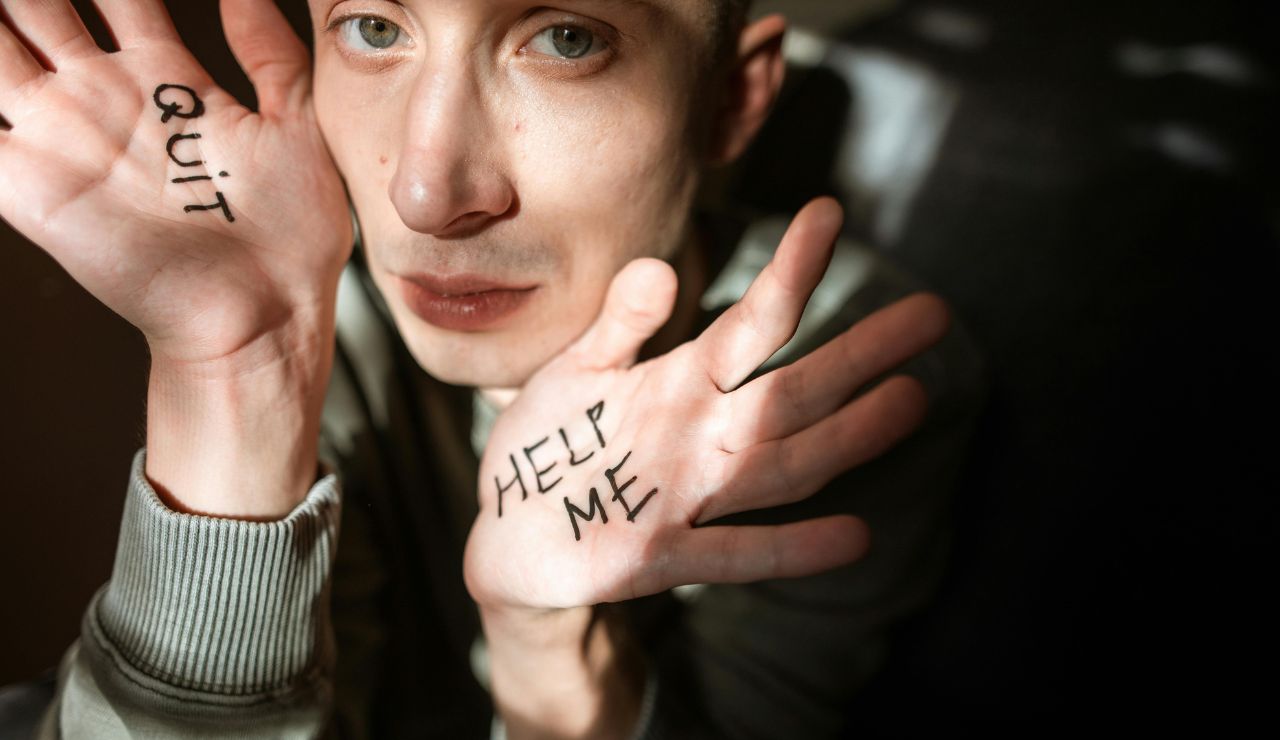
Some students filled their hands and arms with doodles, notes, or song lyrics during class. Teachers rarely addressed it directly, but many gave quiet reminders to wash up. Schools often framed it as unhygienic or distracting. Instead of banning pens, staff discouraged the habit through subtle peer pressure and classroom comments, slowly shifting the trend back to notebooks.
11. Wearing Oversized Pants
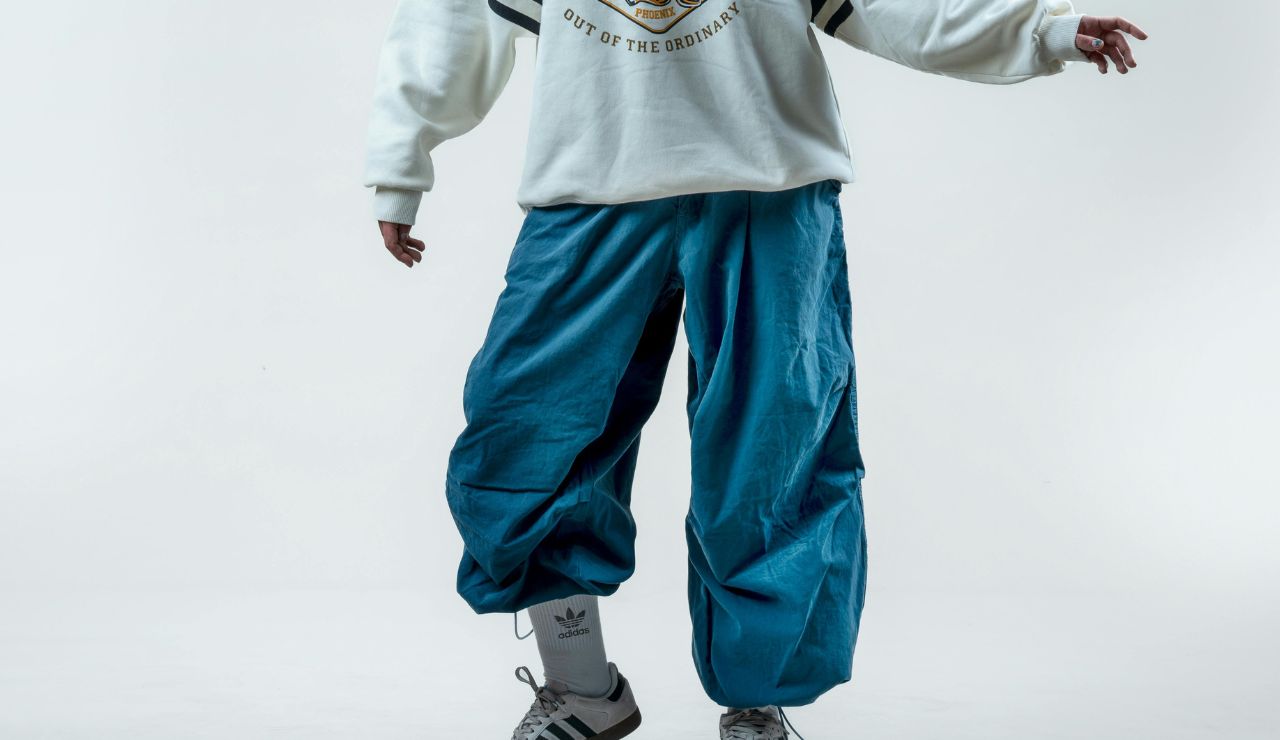
Baggy jeans and oversized pants became popular in the late ’90s, often worn low on the waist. Schools didn’t always ban them outright but used dress code rules to keep them in check. Some asked students to tighten their belts, while others labeled the style as unsafe. As hallway monitoring increased, the exaggerated look began to disappear.
12. Drawing Band Logos on Binders
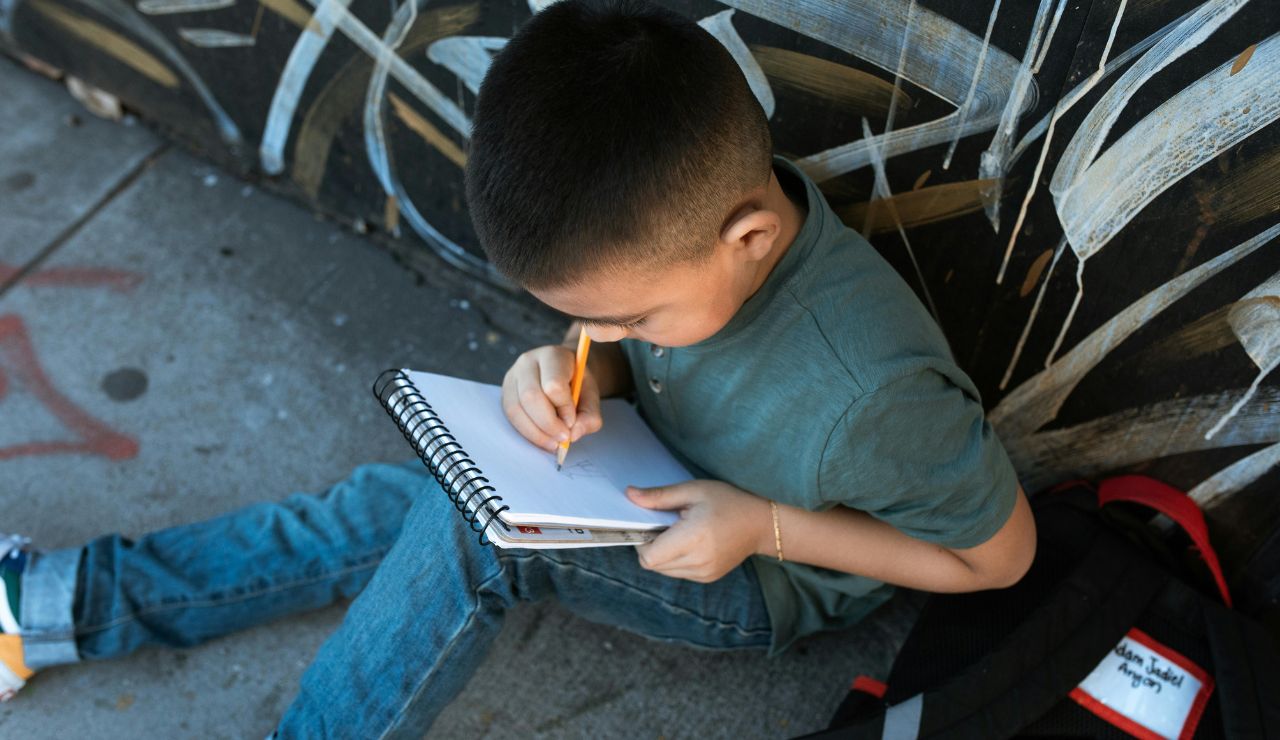
Teens once filled notebooks with logos from punk bands, metal groups, or underground music scenes. While technically allowed, teachers sometimes flagged certain drawings as inappropriate. Schools responded by introducing rules around offensive content or asking students to cover up their covers. The goal wasn’t to ban music tastes but to keep schoolwork distraction-free.
